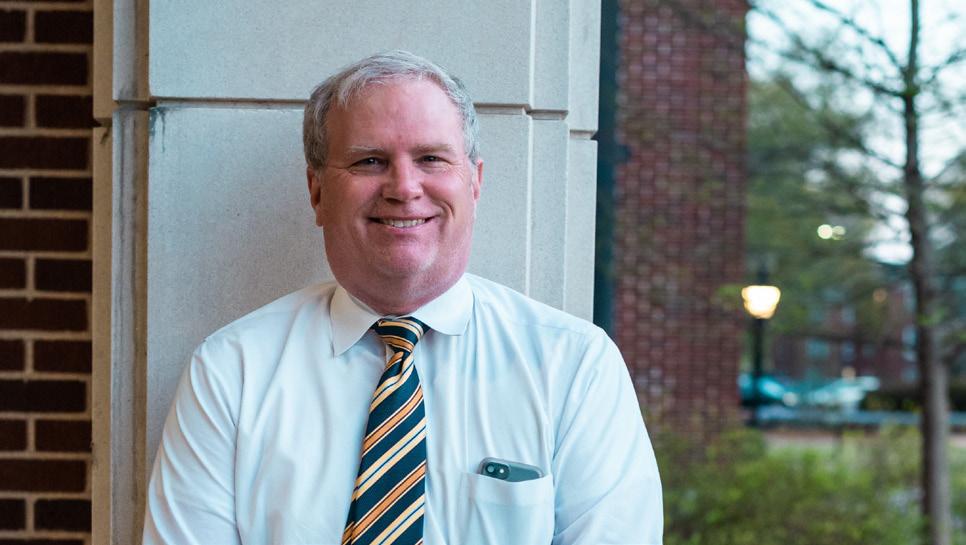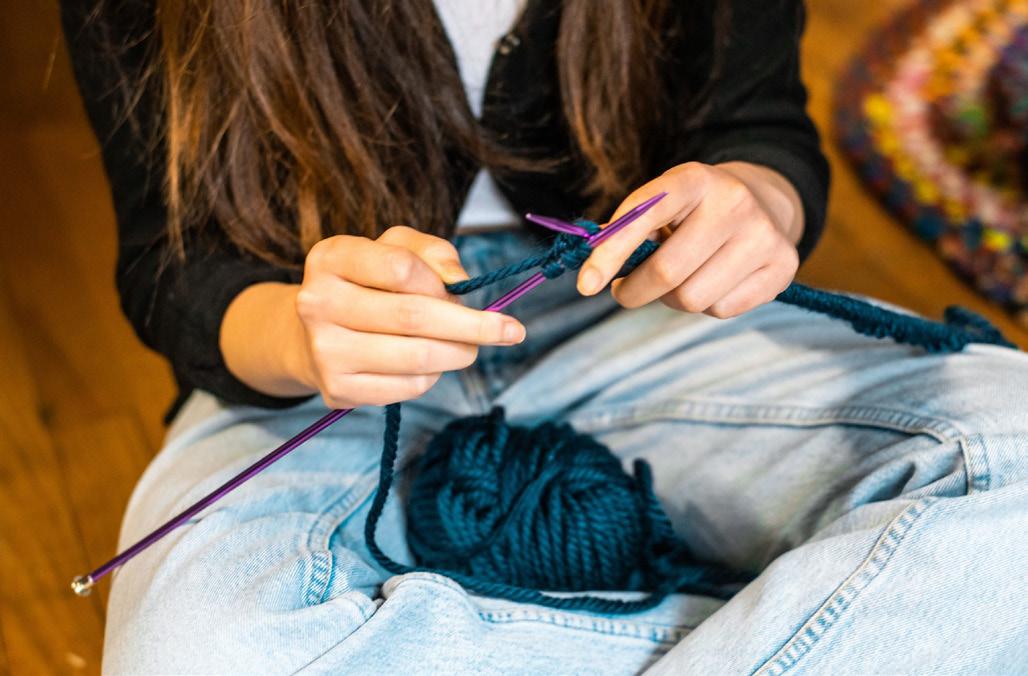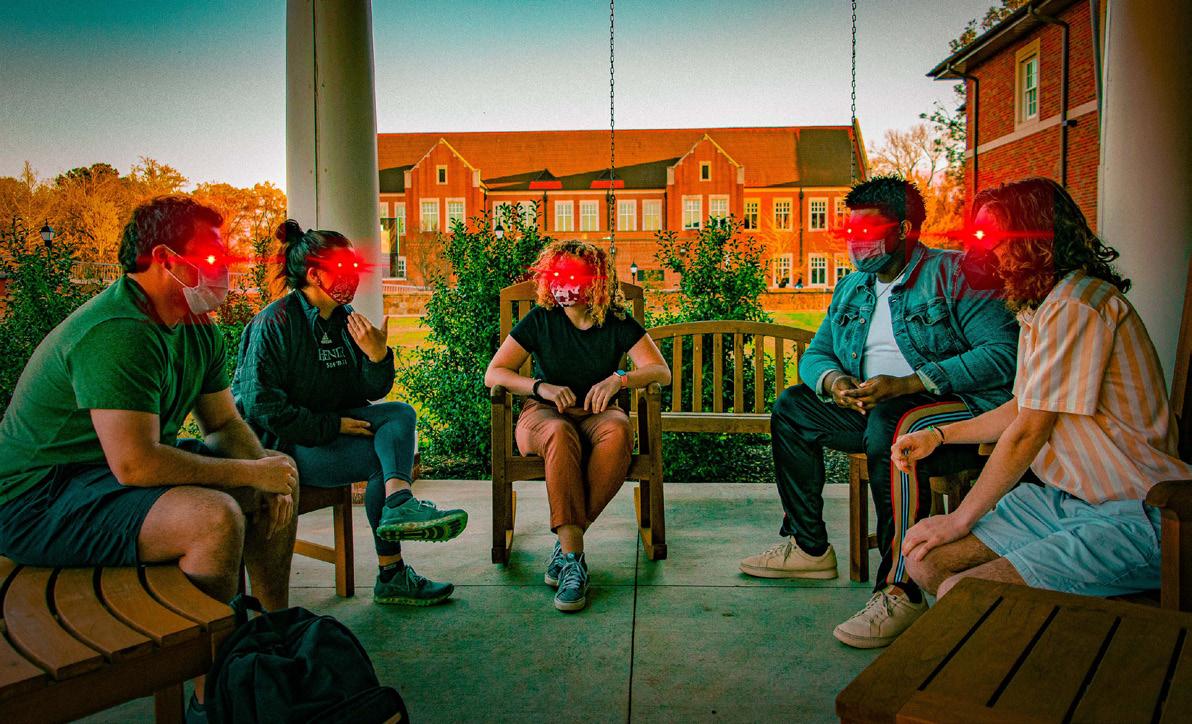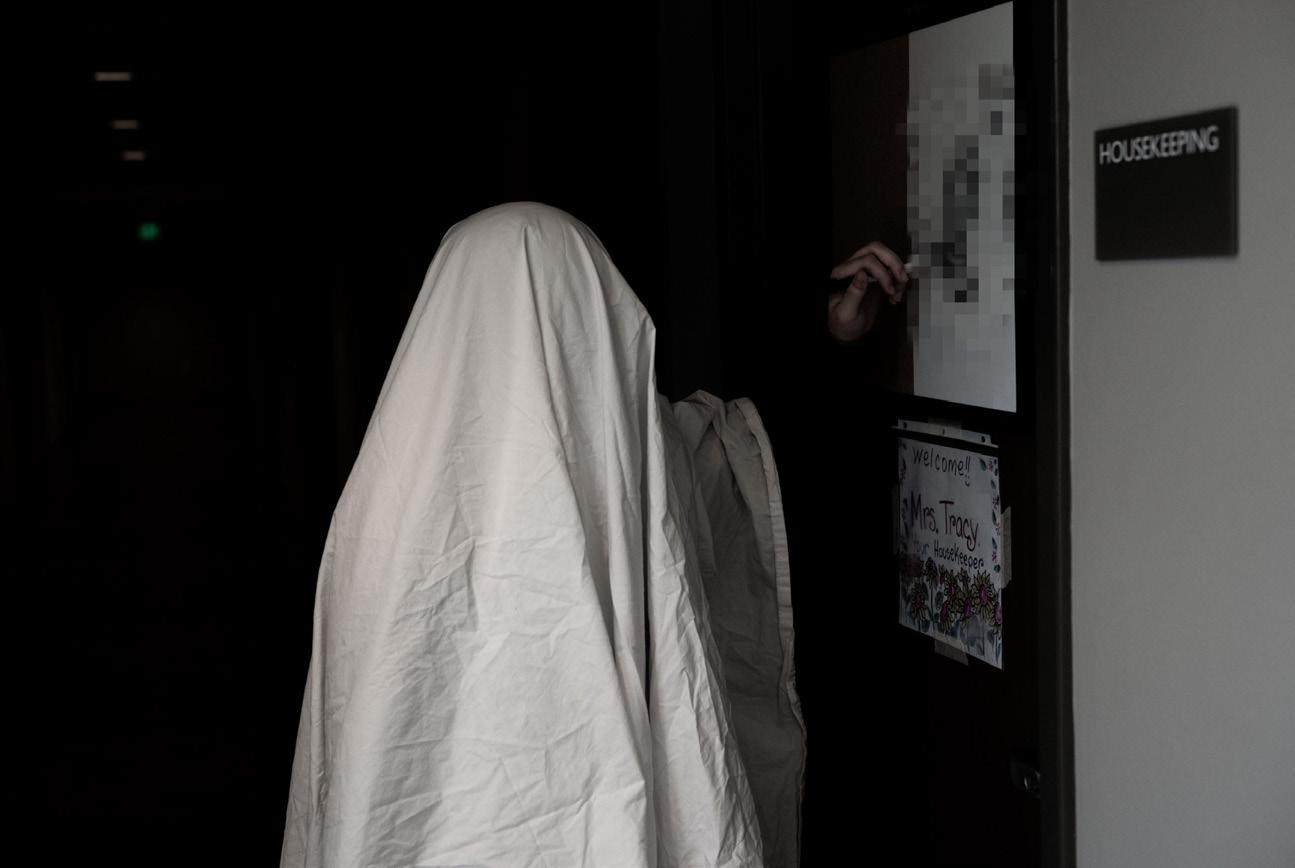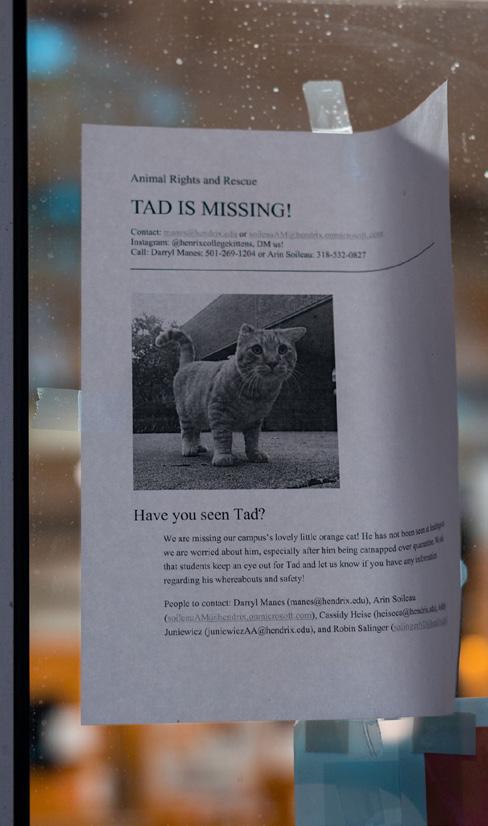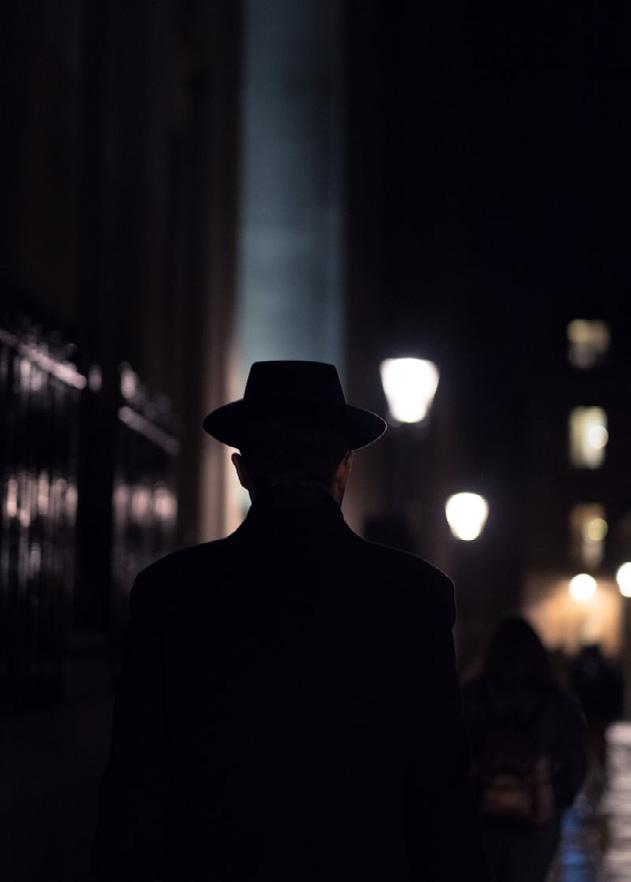THE SILVER LINING OF WELLNESS DAYS
Photo by Lauren Allen
Jay Vicente |Staff Writer In an average school year, Hendrix students get several days off. There’s fall break, spring break, winter break, along with the several holidays the college observes that offer a respite to students across the campus. This year: however, there was no spring break. All the long breaks were taken out of the academic calendar as part of the ongoing COVID-19 precautions set down by the college administration. The long breaks were removed so that the college could keep students within the campus. Since students wouldn’t be allowed to go home or travel to potential hot spots, there was less of a chance that COVID-19 would be brought back to the campus once the break was over. In place of spring break, the college came up with the idea of wellness days: five days spread out across the semester that were to be used as brain breaks and moments to catch up. I spoke with Kavi Modi, the Academic Policy Representative, about how the idea of wellness days came about. When asked what the main motive behind replacing spring break with wellness days was, Kavi immediately said safety. He said that “the Academic Policy Committee didn’t want to send students away for a week because there’s no way to monitor where [students had] been and if [they] had been safe.” Kavi continued by saying that if Spring Break had happened normally, students would have had to quarantine for two full weeks before returning to regular classes, which “didn’t sound like the best option for learning, our community, and athletics.” Kavi heavily stressed that the decisions regarding COVID-19 policies and the process of making those decisions have been extremely collaborative. According to Kavi, “the [Academic Policy Committee] has worked with I and former President Gifty Agana, Dr. Gess, the Steering Committee, and other organizations across campus to make the best decisions possible.” There were several people involved in deciding on the creation of wellness days, including President Arnold, the Provost, members of the faculty, and area chairs, among others. Even though they are not ideal, wellness days are positive forces. Kavi told me that “an obvious pro [to wellness days] is that [the decision committee] is promoting student health” but he emphasized that wellness days also help professors recoup
8
HENDRIXPROFILE.COM
from the stress of last semester when breaks were not an option. When taken together, the five wellness days students have lined up with the five spring break days they normally have, and although he doesn’t know for sure, Kavi feels confident in saying that “students haven’t lost any days off in the Spring semester this year than [they] would have in a normal year.” The loss of some three-day weekends was brought up as well. Kavi explained that since many upper-level courses are only taught on Mondays, none of those were given off. Instead, Fridays were chosen as possible off days. He also explained that the committee tried hard to space the wellness days three weeks apart, but speculated that the wellness days on the 24th of March and the 1st of April are so close together in order to keep professors with children who were on their Spring Break in mind. The drawback of the wellness days is that since they are in the middle of the week students ultimately feel like they have to work through those days to catch up, which wouldn’t happen during a regular break. Students have no reason to worry; however, when asked if spring break was returning Kavi gave me a resounding yes! He says, “at the very least, no one on [the Academic Policy Committee], other faculty members, and the administration have advocated for removing Spring Break in the coming years.” He agrees with students who value that time and that it’s a crucial period to recharge and rest. In Kavi’s opinion, wellness days are “a good solution to an otherwise intractable problem.” He stated that Hendrix has always prioritized student health and that taking away Spring Break was justified to meet that need. Kavi uses wellness days to catch up on work but also spends a lot of time doing what he wants to do after his work is finished. He also gets lots of sleep, which is very important as students enter their last few weeks of the school year. Kavi ended the conversation by saying that “the wellness days [aren’t] the same as going to the beach for a week with my best friends, but in the midst of a global pandemic, I’m glad to just be able to see my friends in person again.” He is also grateful that we get the days in the first place, unlike the brutal alternative of either having to quarantine for half of April, or not have any breaks at all.


